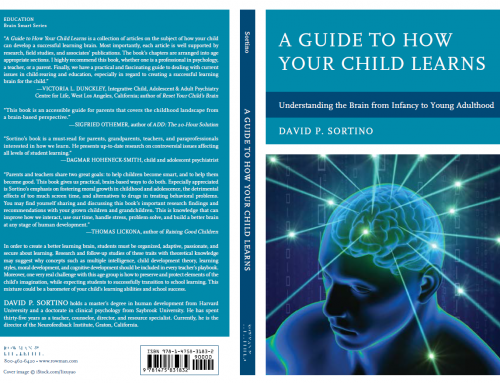Putting the Genie Back in the Bottle
One of the greatest challenges parents and teachers will face will be Electronic Screen Syndrome or the effect electronics will play on your student’s learning brain. Today’s students, aged five to sixteen, spend an average of six and a half hours a day in front of a screen, compared with around three hours per day in 1995, according to market research firm Child Wise, (2015). Teenaged boys spend the longest, with an average of eight hours! Eight-year-old girls spend the least or three-and-a-half hours, according to the studies. Screen time is made up of time spent watching TV, playing video games, consoles, using a mobile phone, computer or tablet.
The effects of ESS on the child’s brain aka., sleep, diet, family dynamics, behavior, and school performance have all been well established as having detrimental effects on their learning brain. An excellent book, Reset You Child’s Brain (New World Library, 2015) explores these detrimental effects as well as offers solutions as how to control your student’s involvement and usage of electronics.
For example, ESS causes a hyper arousal of your child’s sensitive nervous system that can create dysfunction in school, at home, or with social relationships (Dunkley V., 2015). A lengthy list of symptoms often mimic chronic stress or sleep deprivation which includes irritability, depression, changing moods, tantrums, lower frustration points, poor self-regulation, disorganized behavior, oppositional-defiant behaviors, poor sportsmanship, social immaturity, poor eye contact, insomnia, learning difficulties, short term memory, tics, stuttering, etc. (Dunckley, 2015). Further ESS can exacerbate psychiatric, neurological, behavioral, learning disorders etc., including the possible high incidence of ADHD. (Over the past 10 years the incidence of childhood ADHD has increased 47%).
Moreover, research shows that certain populations are particularly affected by ESS. That is, male gender, younger children, kids with pre-existing psychological conditions or developmental learning and/or behavior disorders. However, family history, youthful initial exposure to screen time and high amounts of total lifetime exposure have also been linked as precursors to the above symptoms.
Dr. Dunckley recommends that negative symptoms can improve and/or resolve with what she describes as electronic fasting, that is, the strict removal of electronics for several weeks. She describes a three week fast or longer which can have a positive effect on the child’s brain.
The physiological effects of electronics fasting can set into motions a healthier brain. Dunkley explains, “there is a resynchronization of circadian rhythms (sleep), allowing melatonin to be secreted earlier in the evening and in larger amounts.”
Moreover, melatonin is a precursor to the brain chemical, serotonin, which keeps us calm and happy. Interestingly, melatonin exists in much higher levels in children and suppression of it is considered as a cause of early onset puberty. Furthermore, electronic fasts cause the brain chemistry to experience an immediate shift toward normalcy, once melatonin is no longer suppressed. More importantly, the chemical dopamine (neurotransmitter) is no longer forced into a “surge and deplete” pattern, which would support better mood and attention spans, especially with ADHD children. Lastly, removal of ESS will induce the nervous system to seek out more balanced stimulation by physically interacting with the environment (nature deficit syndrome).
The beauty of electronic fasting is that the brain is moved from that surge and deplete cycle to one of organization and self-regulation. Unfortunately, the genie is out of the bottle and to enact a cold turkey response or an electronic fast approach might seem impossible for many ESS addicted children. However, one strategy that parents could employ would be a combination of electronic fasting and a brain training program called neurofeedback. Neurofeedback has been defined as the Level 1 – Best Support for Attention and Hyperactive Behaviors by the American Academy of Pediatrics ( 2013).
ESS is a highly addictive stimulus that affects our brain’s ability for organization and self-regulation. Bottom line: Neurofeedback helps the brain to self regulate, become more organized. calm and focused, the opposite effects of ESS. Applying both approaches would soften the extremes of electronic fasting and (maybe) put the genie back in the bottle? For additional information, go to Dr. David Sortino’s – the Santa Rosa Press Democrat.


